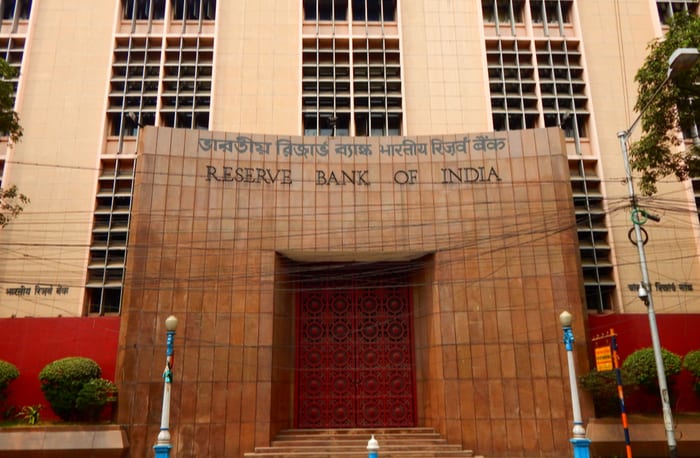
India’s Prime Minister Narendra Modi is merging state banks as the country looks for ways to offset a slowdown of the economy, Financial Times reported on Friday (Aug. 30).
Ten banks will be consolidated, Finance Minister Nirmala Sitharaman told the outlet – including the country’s second-largest state lender, Punjab National Bank. As an attempt to facilitate credit, India will split Punjab into four entities.
Second-quarter figures were the catalyst for change, as economic growth has been its slowest in six years. State banks account for about two-thirds of assets in the banking sector. Bad loans and governance concerns have hampered growth in recent years, the article said.
Analysts and economists have said the slowdown is due to problems within India’s banking system. Bad debts and scandals have curtailed lending and dissolved confidence.
“It will provide strength to the banking sector,” Sunil Kumar Sinha, the principal economist of Fitch affiliate India Ratings and Research, said of the merger plan. “It is not going to make too much of a difference to growth in the very short term. From a medium-term perspective, it is certainly a good reform.”
Sinha said problems won’t be resolved if the Indian government injects itself into decision-making. “The caveat remains that so long as the government owns these banks – and the government interferes in what the banks can and cannot do – then problems reoccur,” he noted.
India’s non-bank lending sector is also experiencing some struggles stemming from defaults, failures and a reduction in consumer and business credit. The circumstances have prompted calls for more regulation.
The past 10 years have seen a lot of growth in the sector, as loans have been doled out for cars, construction and infrastructure. However, one lender failed in the fall, and another defaulted on its payments, and the repercussions were felt throughout the economy.